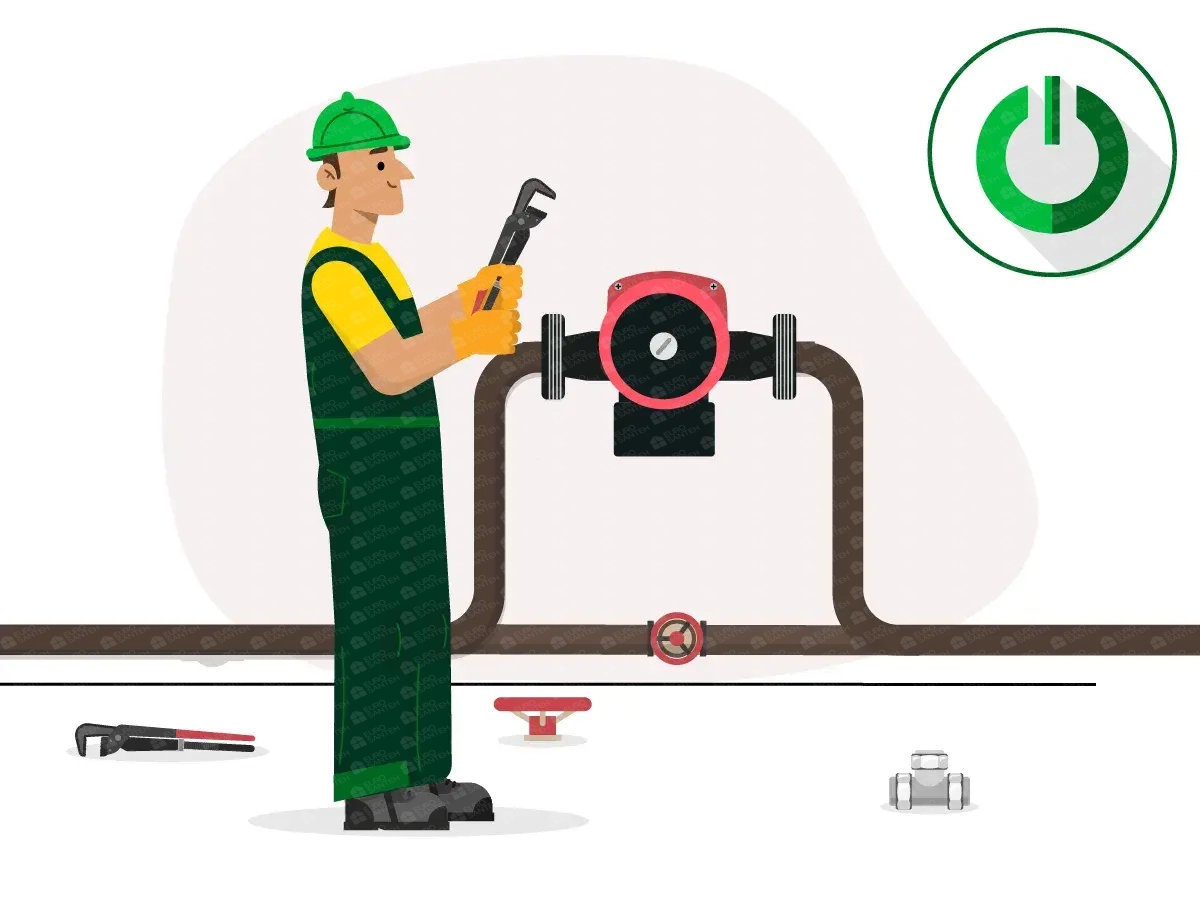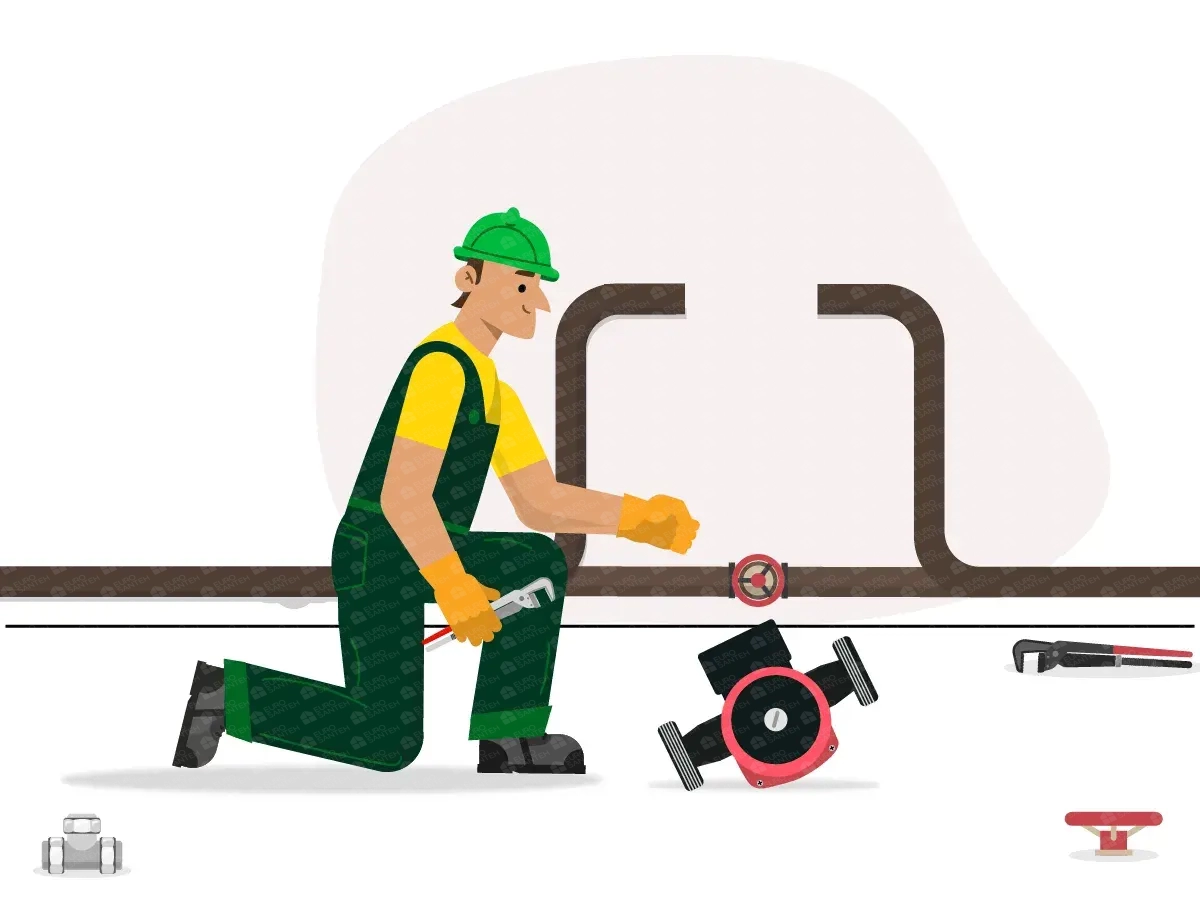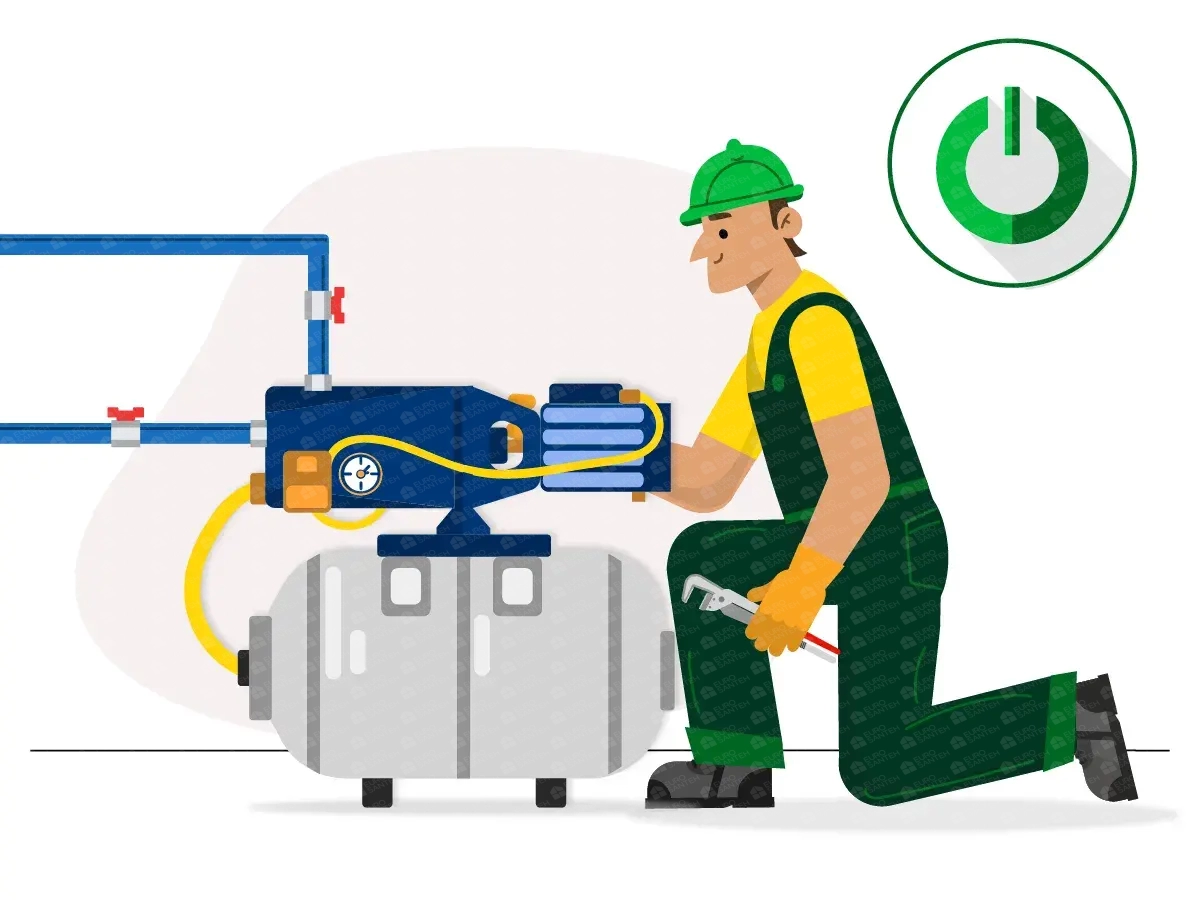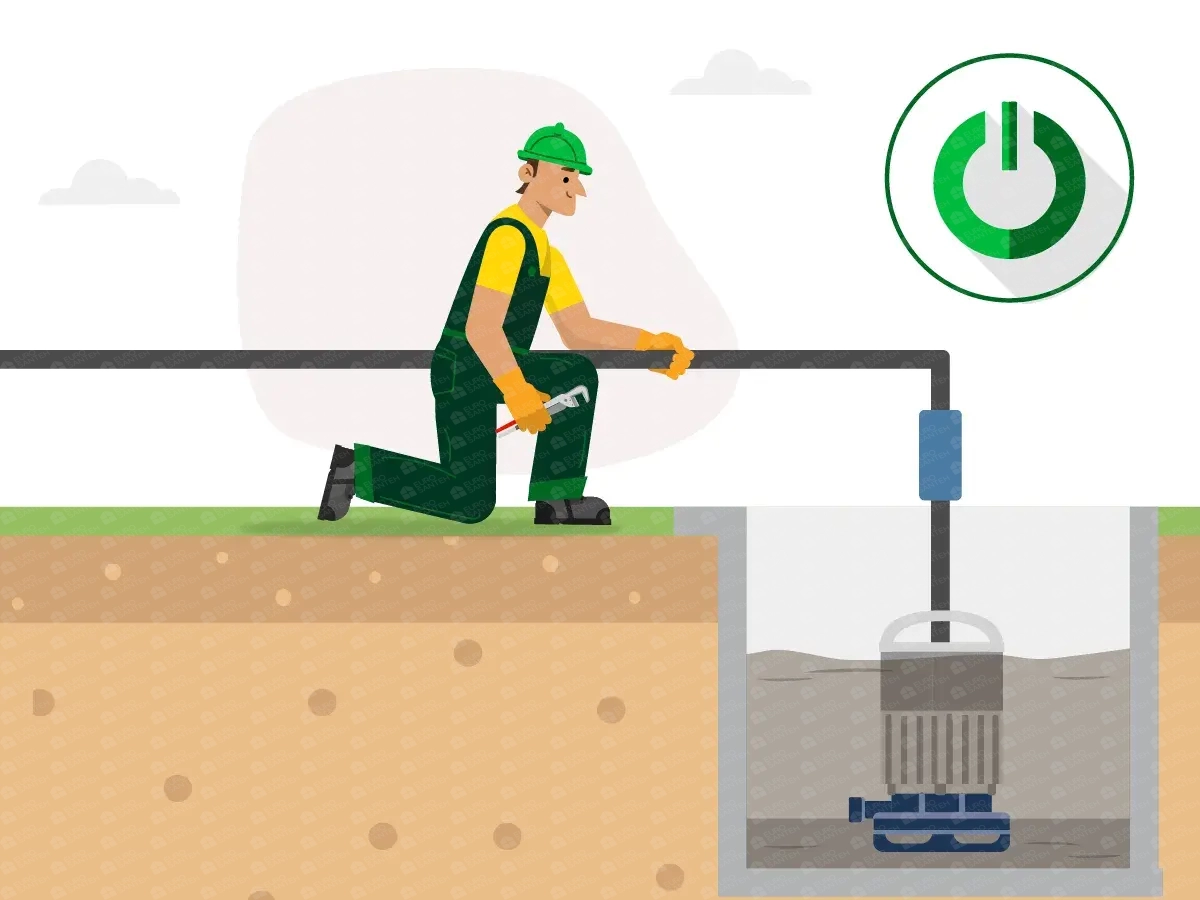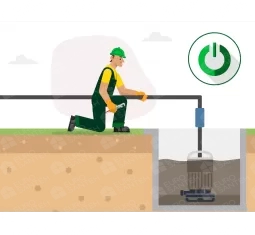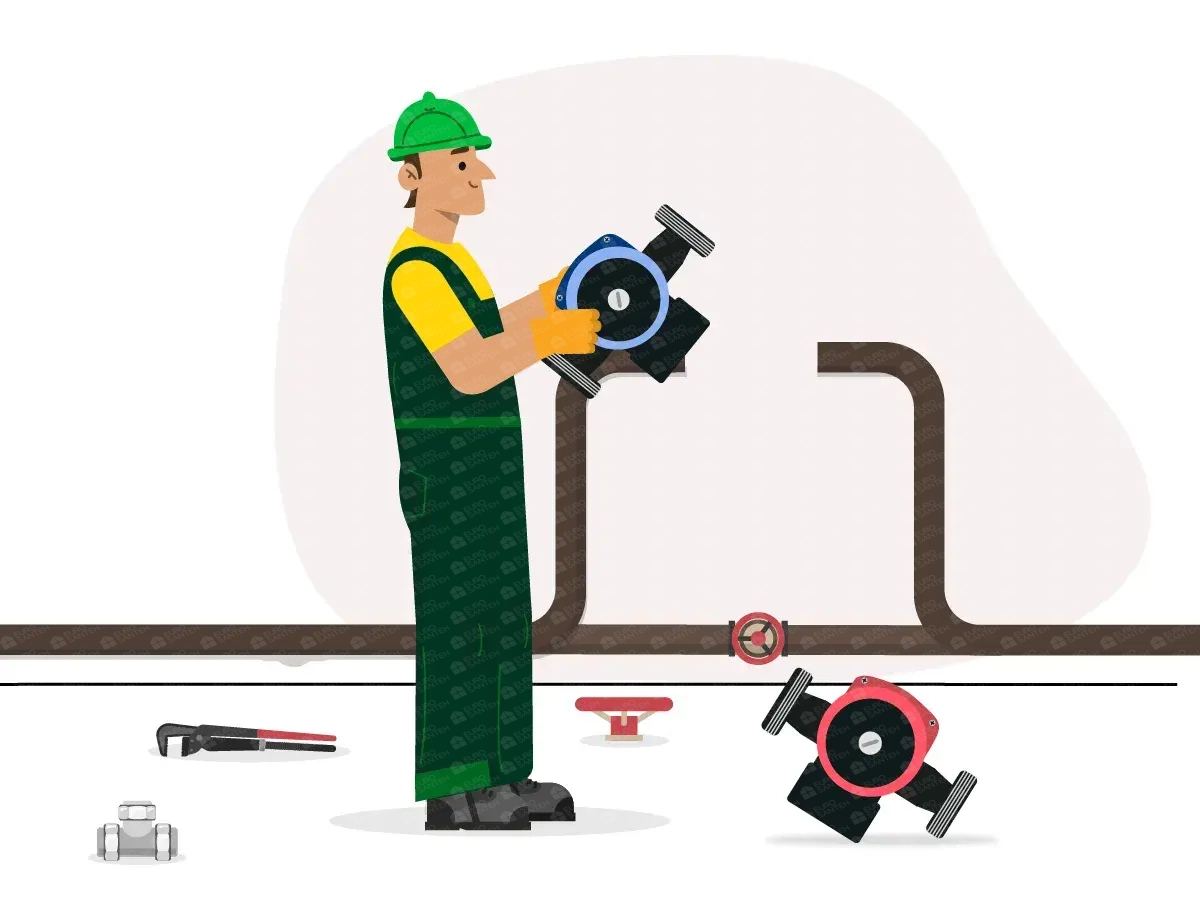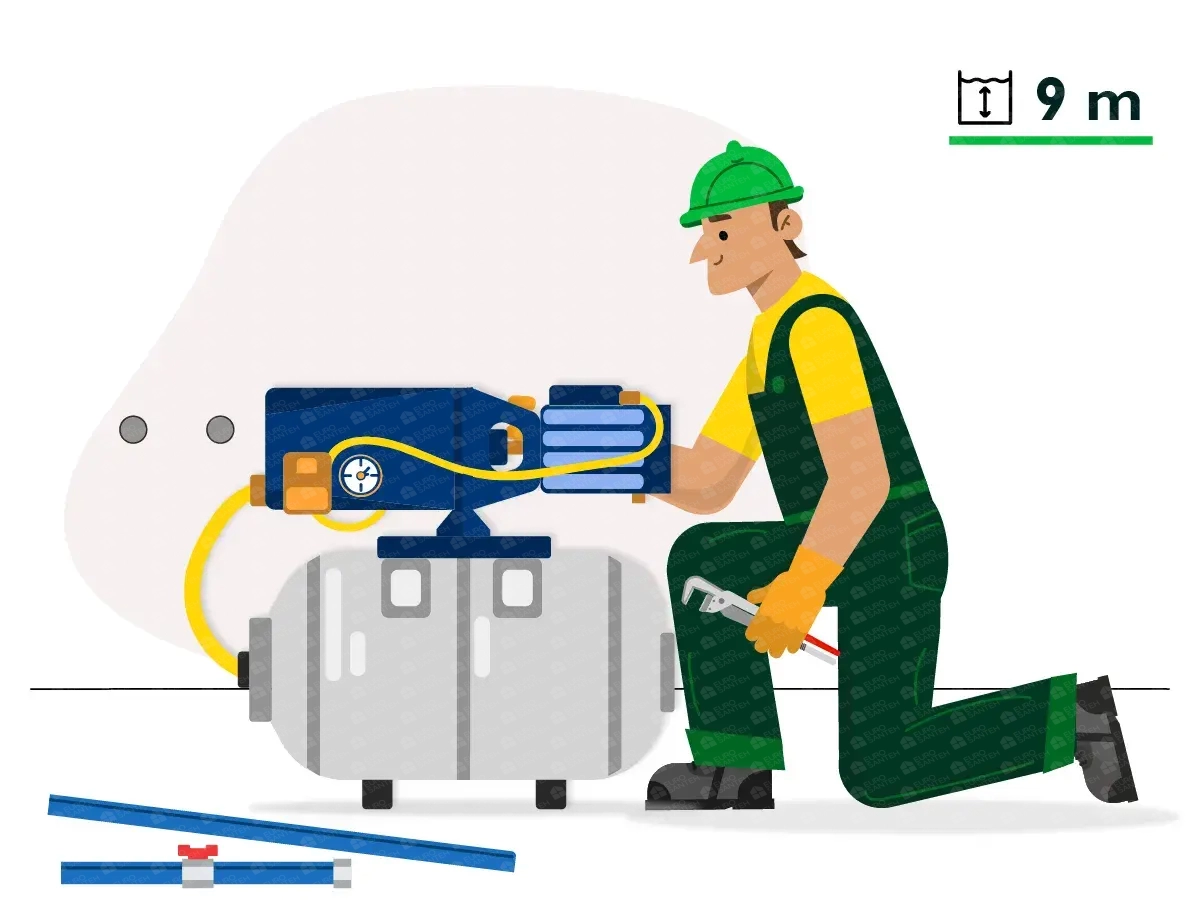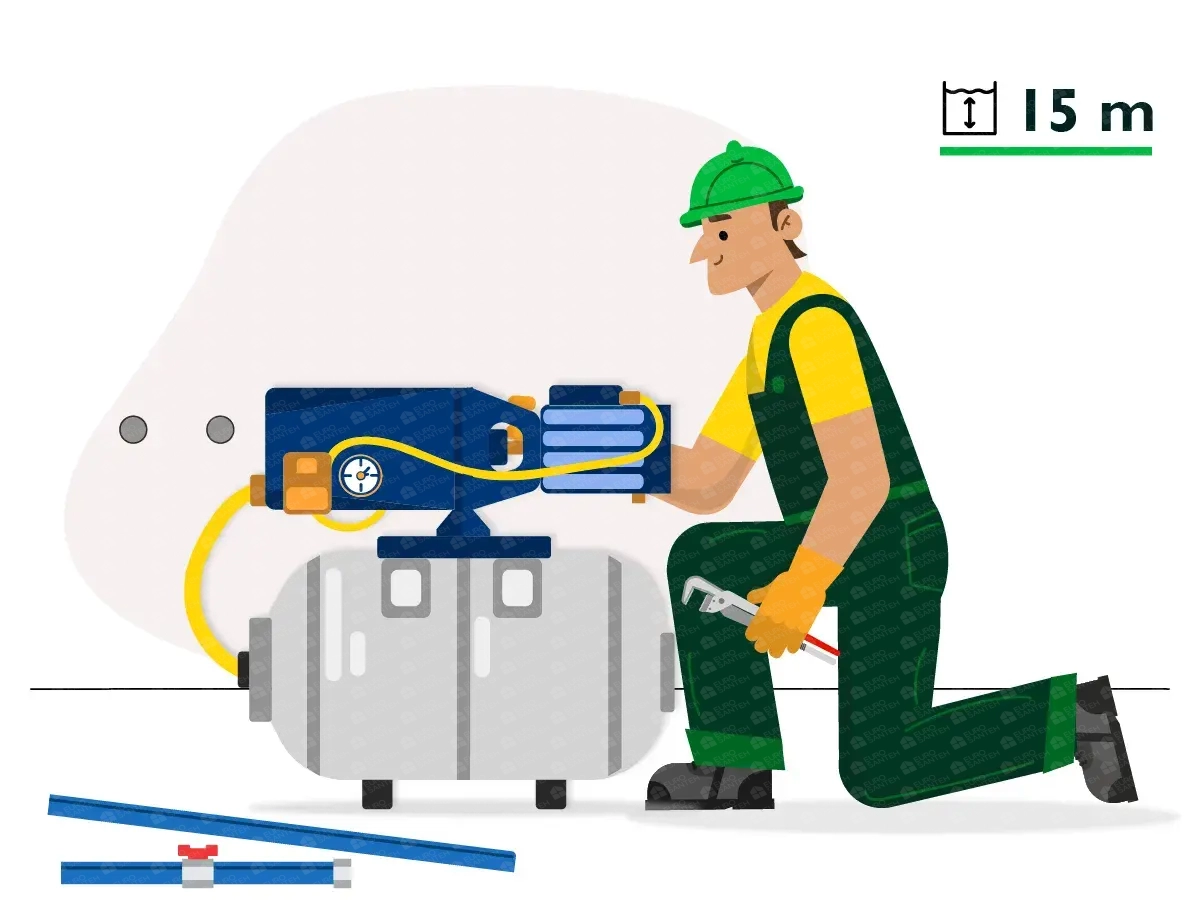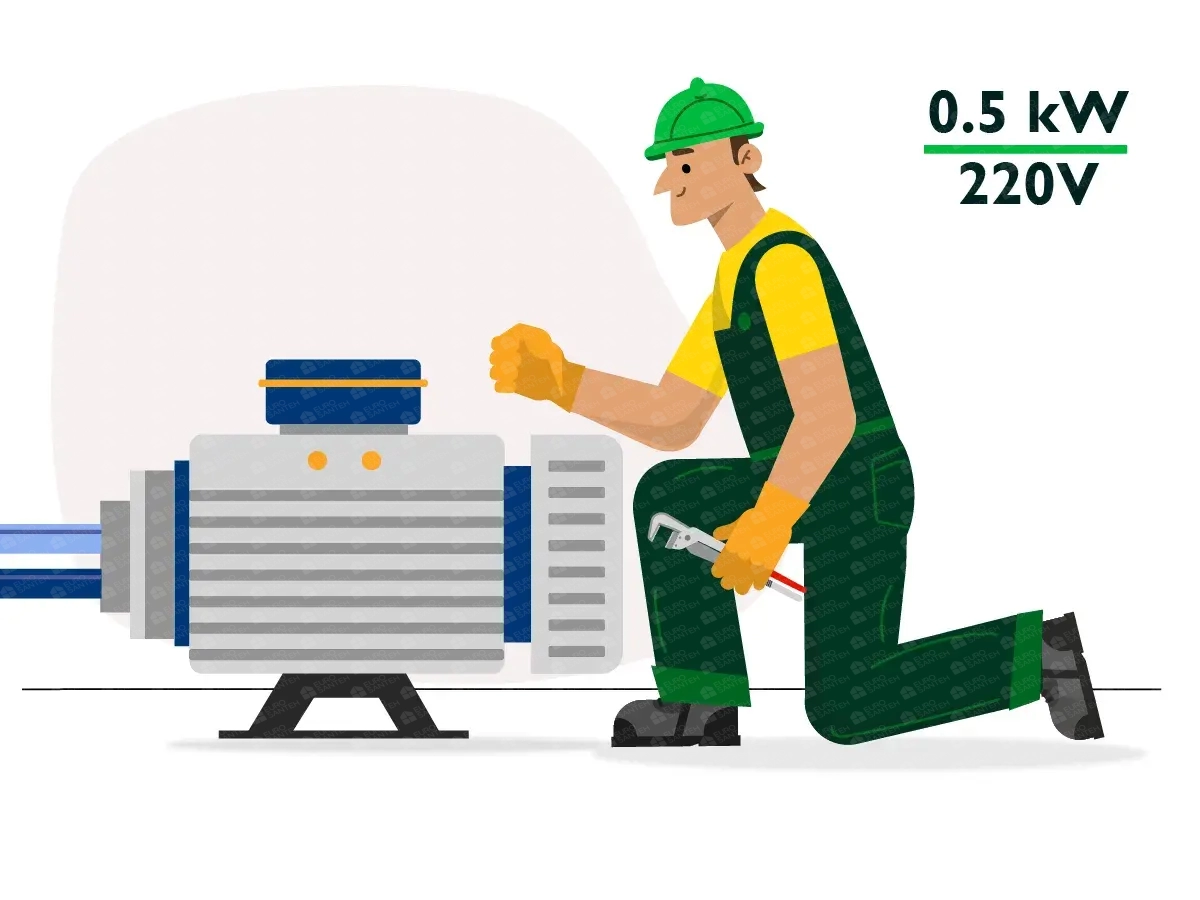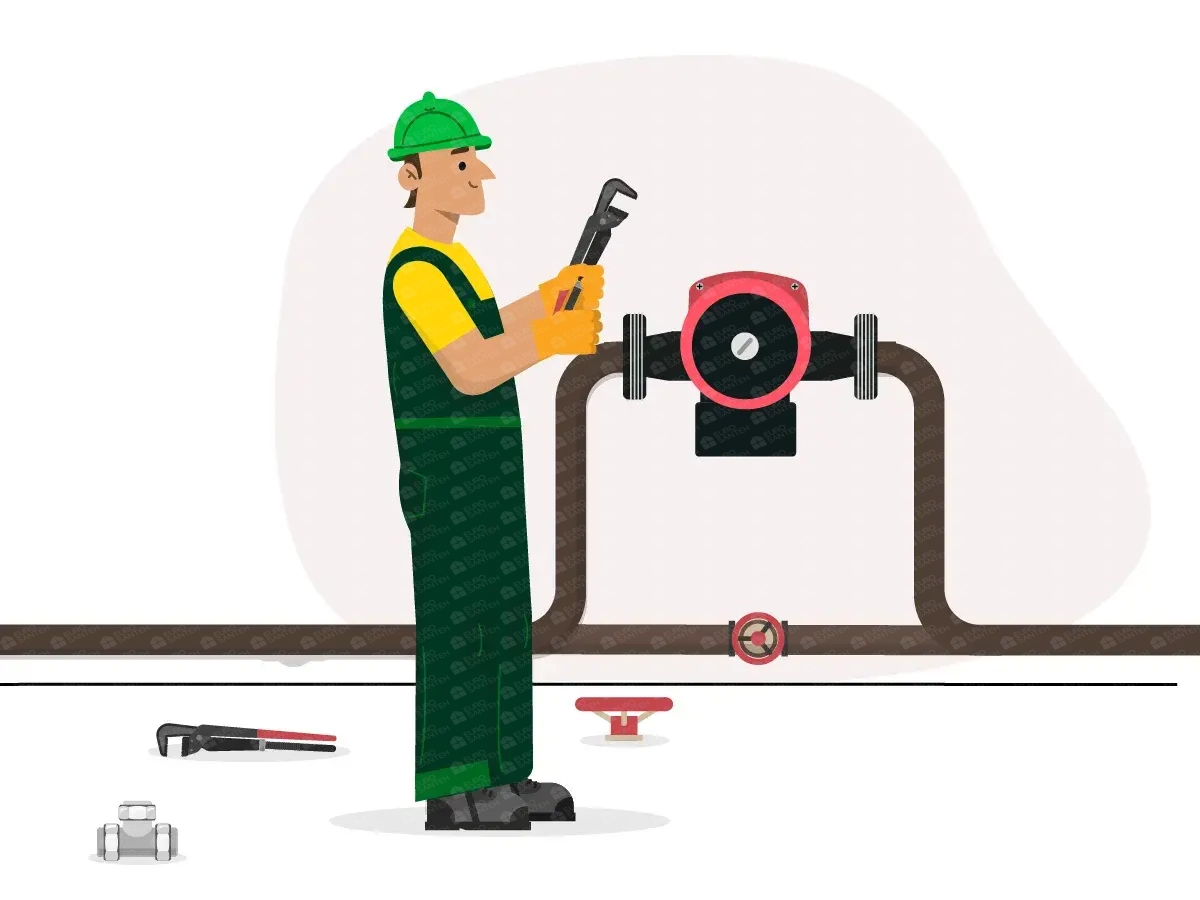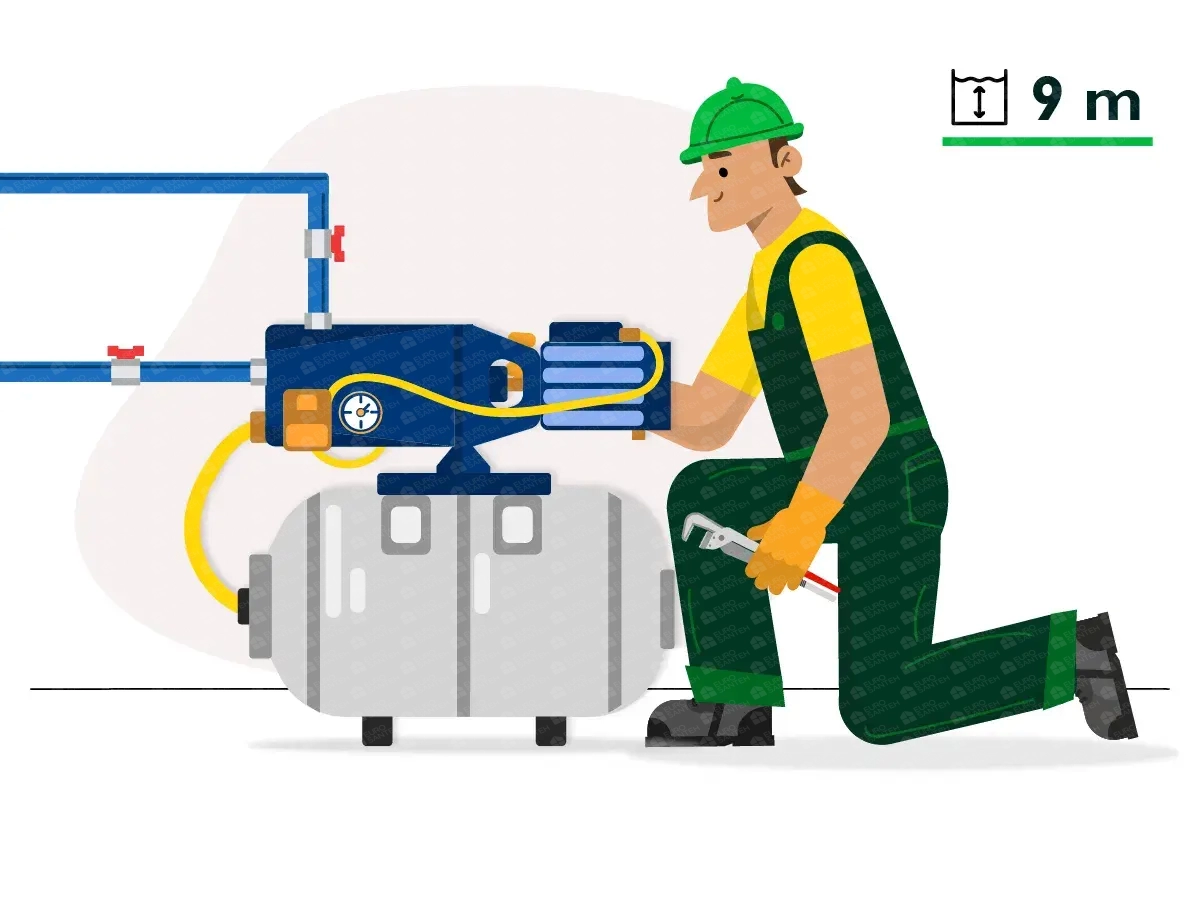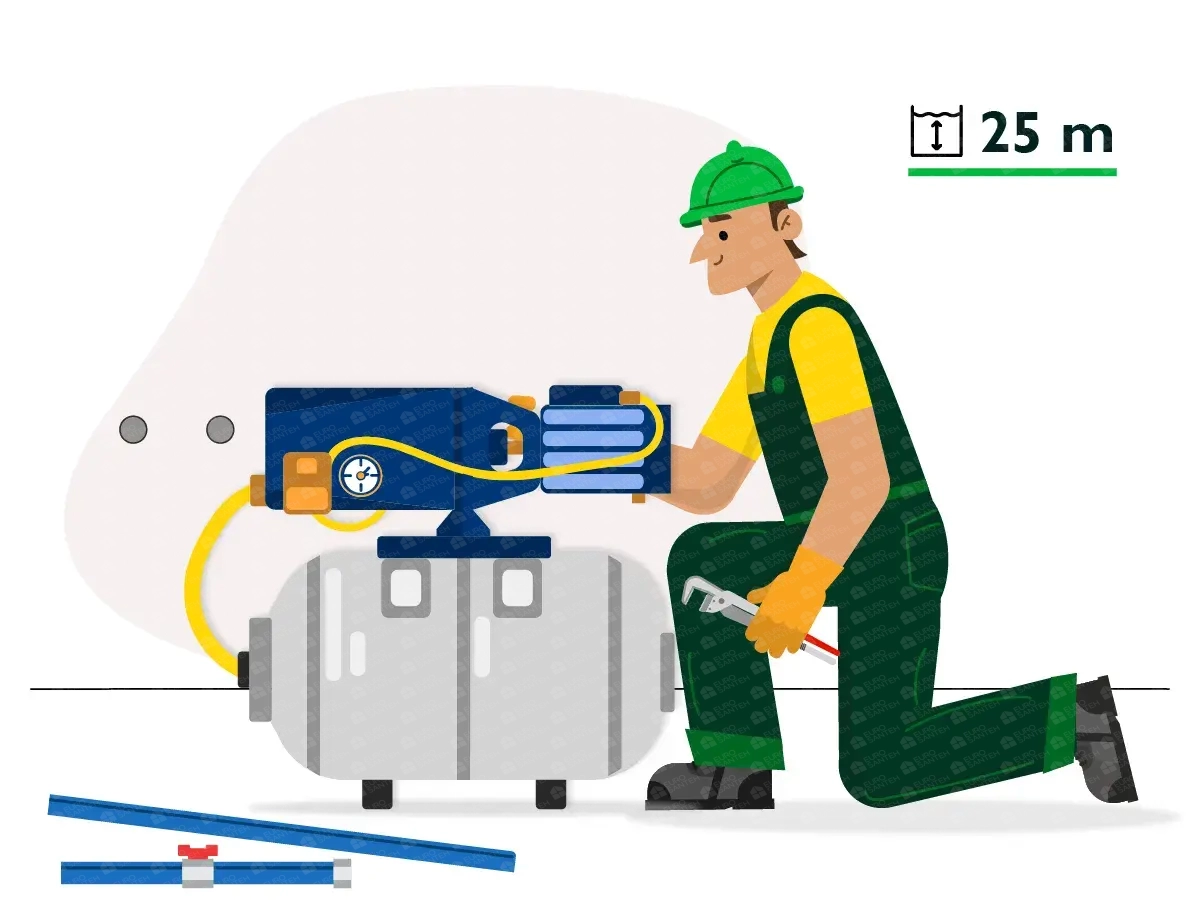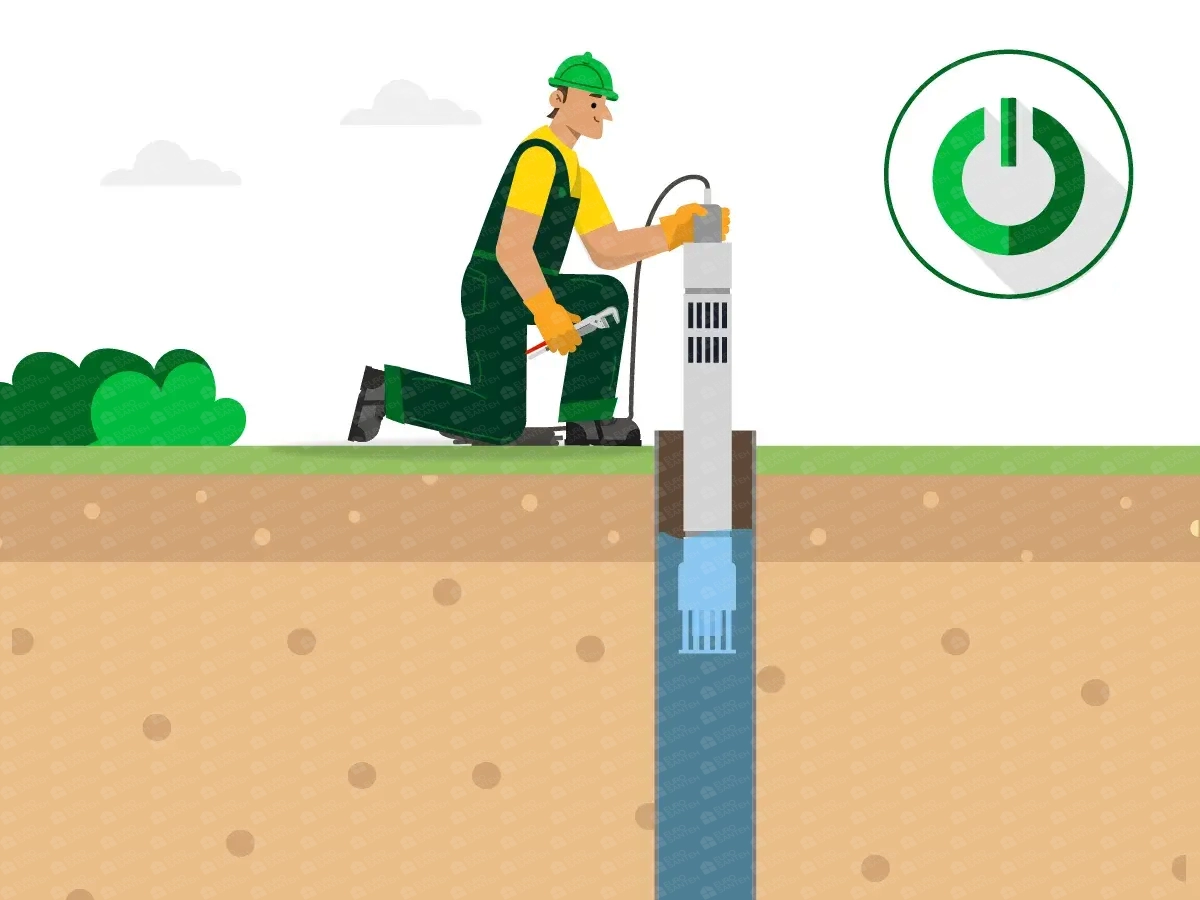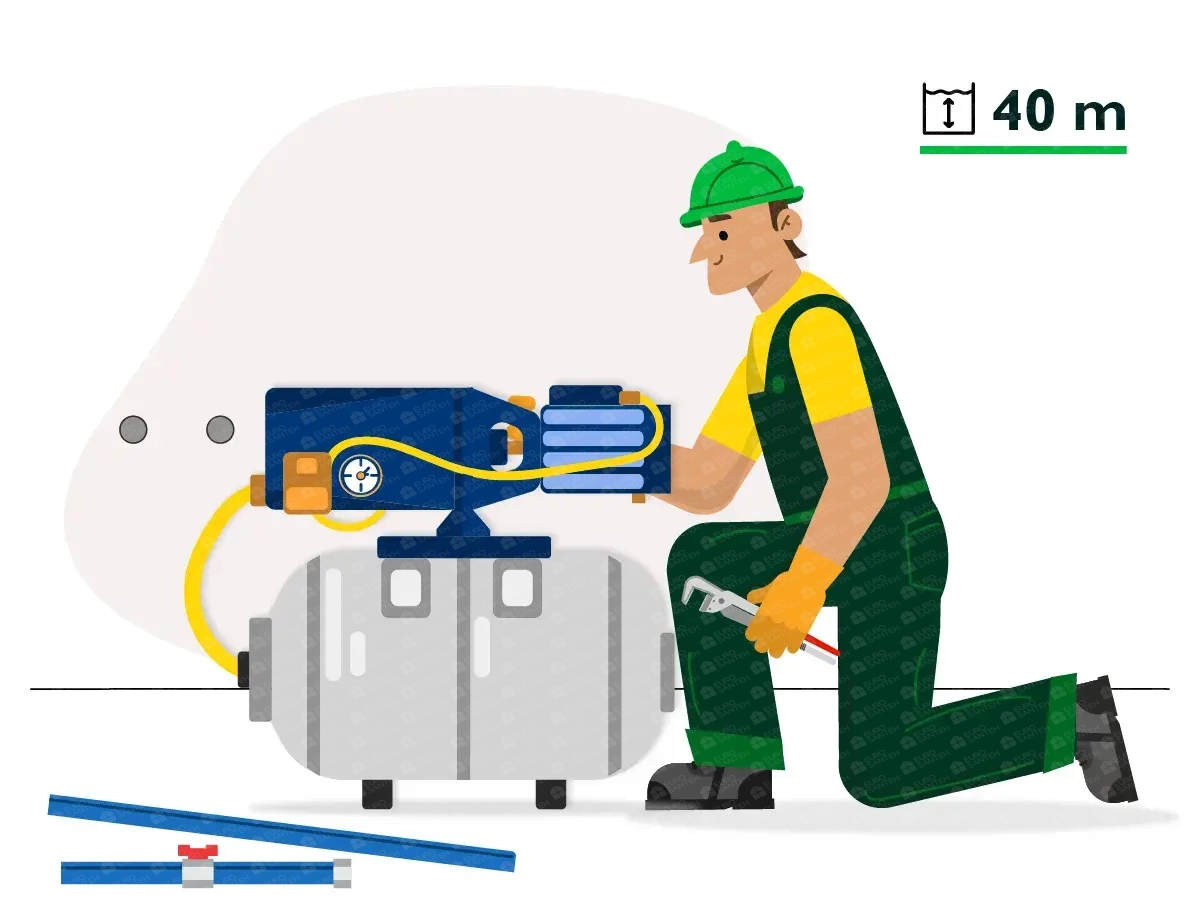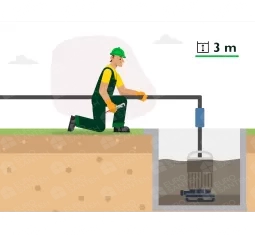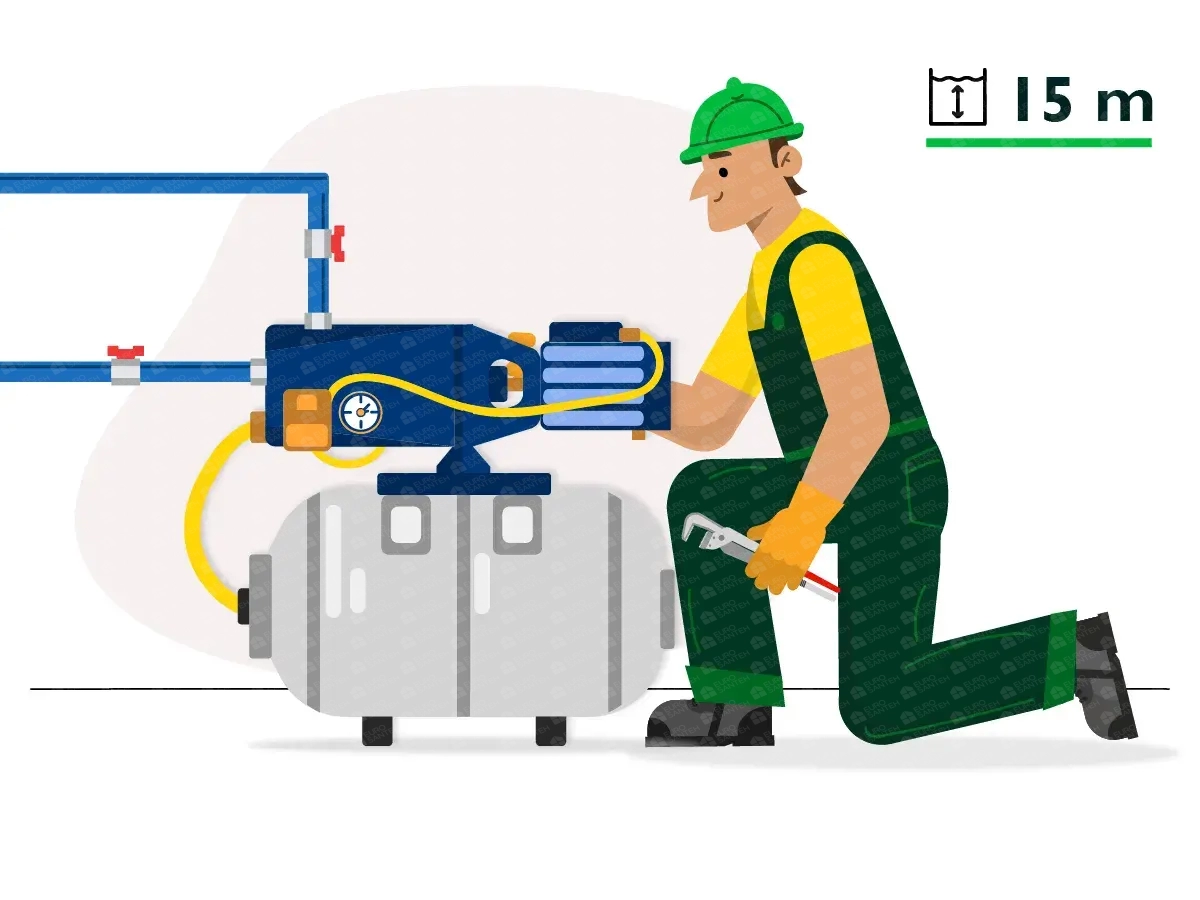Pump installation
Pump installation is a critical process that plays a pivotal role in ensuring effective water supply and drainage systems in residential, commercial, and industrial settings. In this comprehensive guide, we will explore the key stages of pump installation, the benefits it brings, and practical recommendations for ensuring the longevity and reliability of pump systems.
Key Stages of Pump Installation:
Site Assessment: The installation process begins with a thorough assessment of the site. Factors such as water source, elevation, and intended use are considered to determine the most suitable type of pump and its location.
Pump Selection: Based on the site assessment, the appropriate type of pump is selected. Different pumps serve various purposes, such as centrifugal pumps for water supply or submersible pumps for drainage. The selection is crucial for optimal performance.
Design and Planning: A detailed design and plan are developed, taking into account the pump type, pipe layout, and electrical requirements. This step ensures that the installation aligns with the specific needs of the property.
Excavation and Foundation: If the pump requires an underground installation, excavation is done to create a foundation. This foundation provides stability and supports the weight of the pump and associated equipment.
Pipe Installation: High-quality pipes are installed to connect the pump to the water source or drainage system. The pipes must be properly sized and installed to ensure efficient water flow and prevent leaks.
Electrical Connection: For electric pumps, the electrical components are installed, including wiring and control panels. Proper electrical connection is crucial for the pump's functionality and safety.
Testing and Calibration: Once installed, the pump undergoes testing to ensure all components are functioning correctly. Calibration is performed to optimize performance and efficiency.
Safety Measures: Adequate safety measures, such as protective barriers and warning signs, are implemented to ensure the safety of individuals interacting with the pump system.
Benefits of Pump Installation:
Water Supply: Pump installations ensure a consistent and reliable water supply for residential, agricultural, or industrial purposes.
Drainage and Flood Prevention: Pumps designed for drainage play a crucial role in preventing flooding and water damage, especially in areas prone to heavy rainfall.
Increased Efficiency: Well-installed pumps operate efficiently, minimizing energy consumption and reducing operational costs over time.
Automation and Control: Modern pump installations often come with automated controls, allowing for remote monitoring and control of the pump system.
Versatility: Pumps can be tailored to specific needs, whether it's supplying water to a building, irrigating fields, or managing wastewater.
Maintenance Tips:
Regular Inspections: Conduct routine inspections to identify and address any issues promptly.
Lubrication: Ensure that moving parts are properly lubricated to prevent friction and extend the life of the pump.
Clean Filters: Regularly clean or replace filters to prevent clogs and maintain optimal water flow.
Professional Servicing: Schedule professional servicing at regular intervals to address any wear and tear and ensure the continued reliability of the pump.
Conclusion:
Pump installation is a crucial aspect of water management, providing solutions for both water supply and drainage needs. By following proper procedures and conducting regular maintenance, property owners can enjoy efficient and reliable pump systems that contribute to the overall functionality and sustainability of their water infrastructure.
